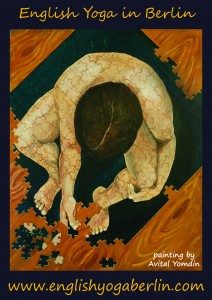The Sunday queer yoga class at English Yoga Berlin has been running online steadily since the very beginning of the pandemic. It feels about time to try out going back to our lovely Kreuzberg yoga studio. But in order to be accessible to those who cannot attend in person, the class will also be streamed online. So, as of September, the class will go back to its original timeslot of 4pm as a hybrid yoga experience. The Zoom code for those who have it will remain the same.
Here are the up-to-date recommendations to reduce the spread and protect the vulnerable in our communities. Here are some precautions we like to take during our Queer Yoga class at the studio:
** Update April 2023 **
Classes will continue as a Hybrid-yoga experience. Class sizes as per usual are limited to 10 persons. Spots are prioritized for monthly students, and then open up for drop-ins as per first come, first serve basis. Please do a quick test before coming to class for courtesy of others practicing in the same room. If you’ve had contact with an infected person or have cold or flu or other unusual symptoms, even if you test negative, please stay at home. If you feel well enough, you are of course welcome to join us online.

Join the Telegram Group for last-minute updates!
Guidelines up until November 2022
The use of FFP2 masks:
It is requested that you wear FFP2 masks at the studio in all spaces except when you are properly situated at your own mat. Continue to wear the mask when you enter and exit the studio, when you walk around the space, and when you get up to go to the toilet.
When everyone is situated at their mats, you can take your mask off and practice yoga without it.
If you need to go to the toilet during the class, you need to put your mask back on as you pass the other students.
Wash your hands as you enter the space:
As you enter the studio, please use the bathroom on the left to wash your hands thoroughly.
Bring your yoga mats:
Please bring your own yoga mat to class. If, for some reason you forget, you will be allowed to use ours but you need to disinfect it before use and after use. This goes for blocks and other props that you handle a lot. FYI: Blankets are washed regularly, but not after every use.
Hands-on contact/guidance:
Hands-on contact is only permitted when both parties are wearing a mask. If you would like hands-on guidance, please indicate so by putting on your mask, and I will put mine on and disinfect my hands before coming over.
Airing the space:
When possible yoga class will happen with the windows open. When the weather gets chillier, I will air the room out every 20 minutes for 3-5 minutes. In order to reduce contamination, please do not touch the window handles yourself. Every time you feel the need for more air, please let me know and I will open the windows for you.
Juli offers Svastha Yogatherapy Vinyasa Flow yoga inspired classes at English Yoga Berlin. This queer yoga class is also open to friends and allies. Our yoga Kreuzberg Berlin classes are open for and welcome to beginners, as well as people struggling with chronic pain. Juli also offers private yoga classes one on one.





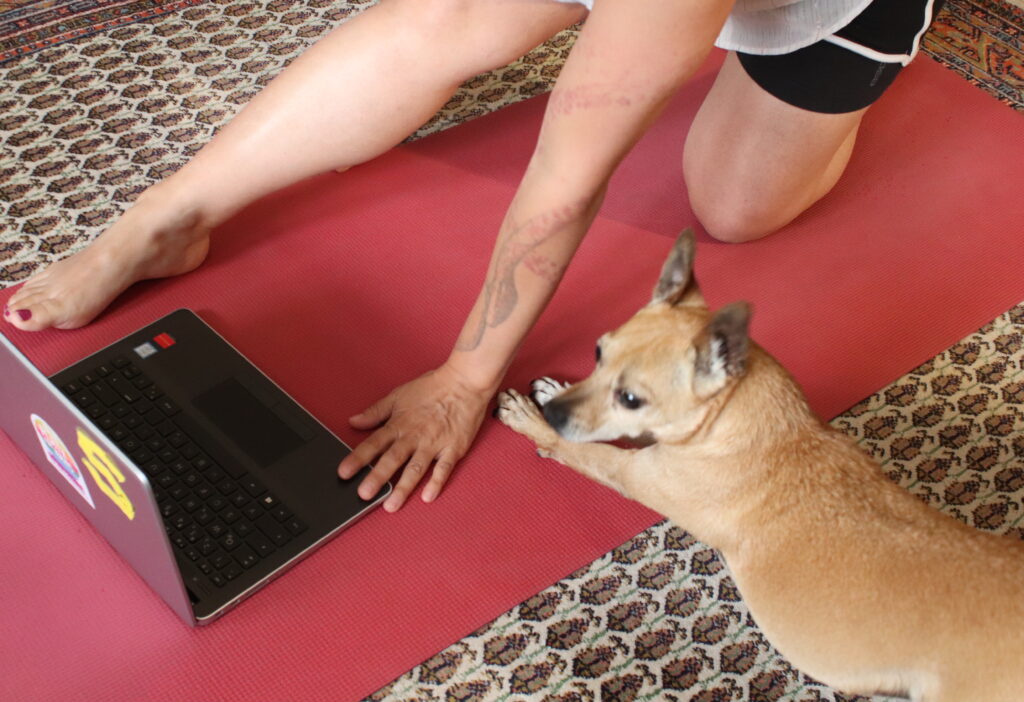

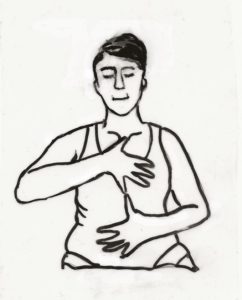
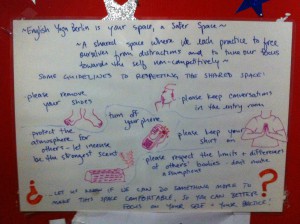
 The COVID-19 pandemic has revealed some unexpected things about our society. In the past, when we’ve imagined through films or literature what the world would look like during a viral outbreak, the
The COVID-19 pandemic has revealed some unexpected things about our society. In the past, when we’ve imagined through films or literature what the world would look like during a viral outbreak, the 
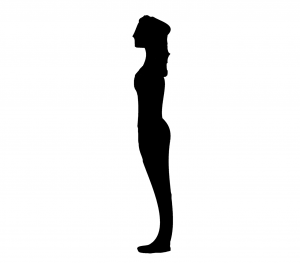
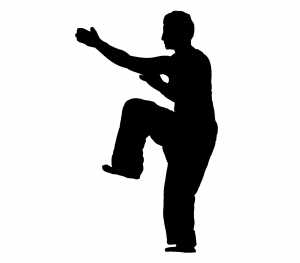
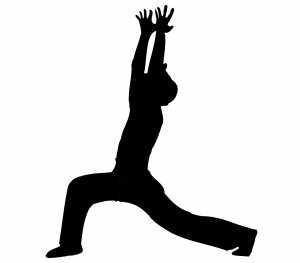
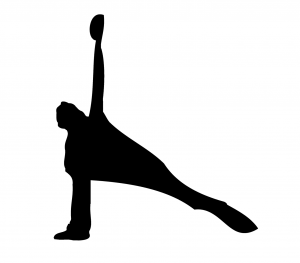
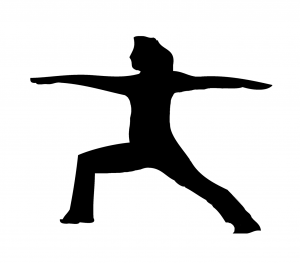 Warrior II:
Warrior II: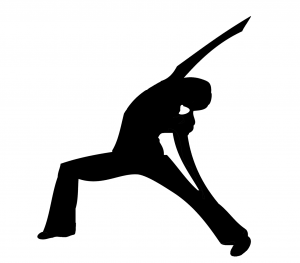 Inverted Warrior:
Inverted Warrior: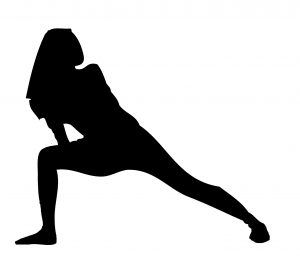 Extended Side Angle:
Extended Side Angle: Wide-legged Forward Fold:
Wide-legged Forward Fold: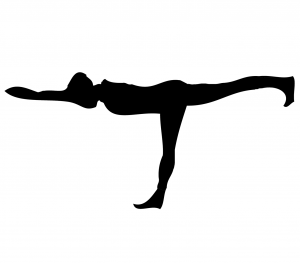 Warrior III:
Warrior III: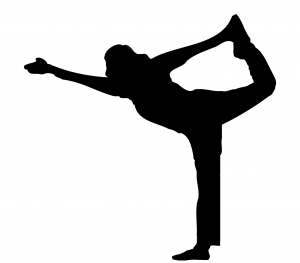 Dancer:
Dancer: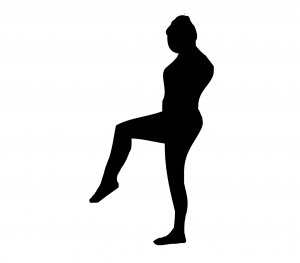 Balance:
Balance: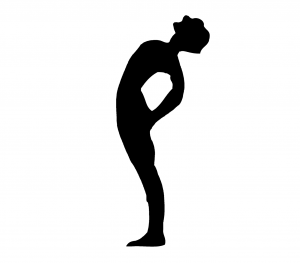 Surrender:
Surrender:
